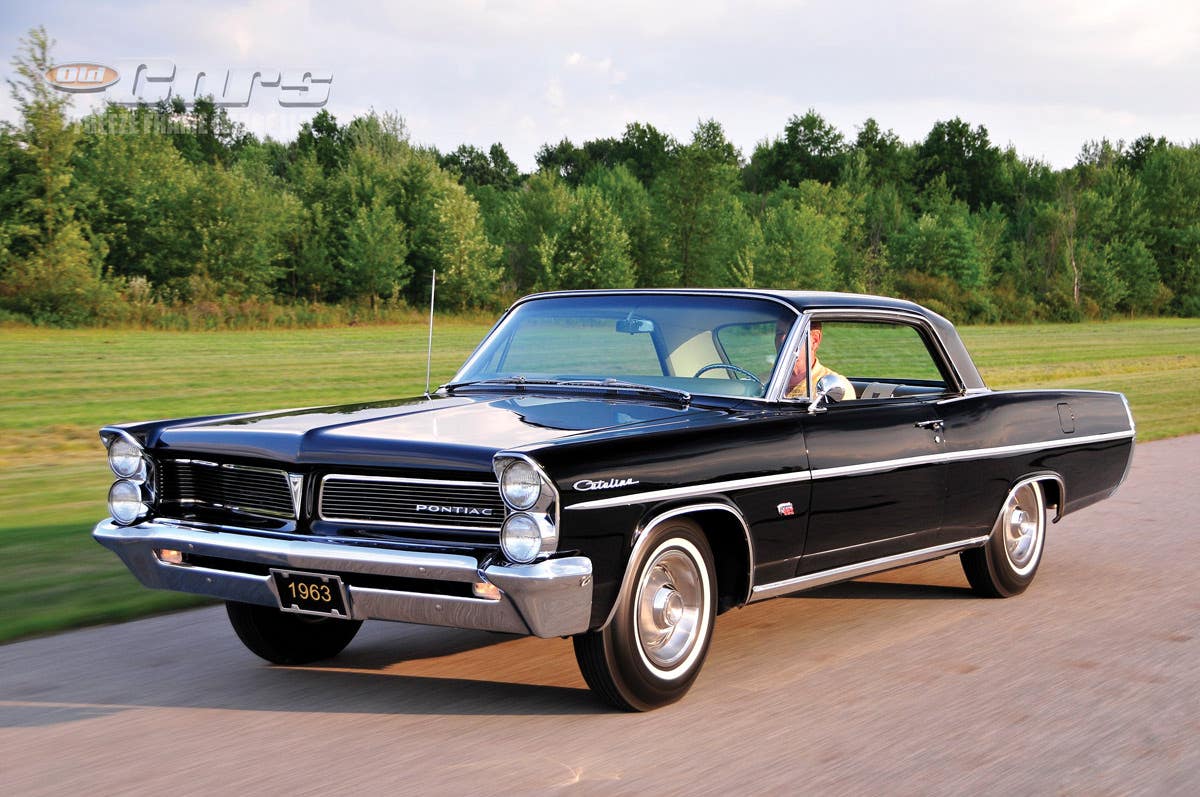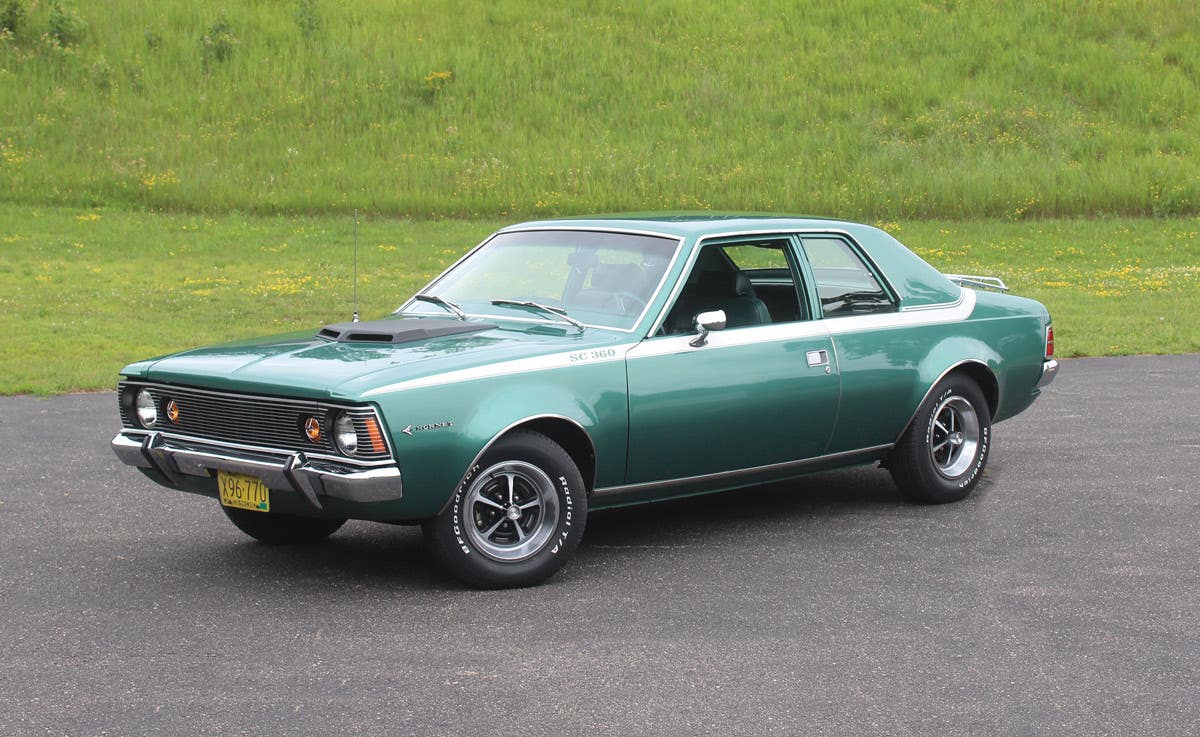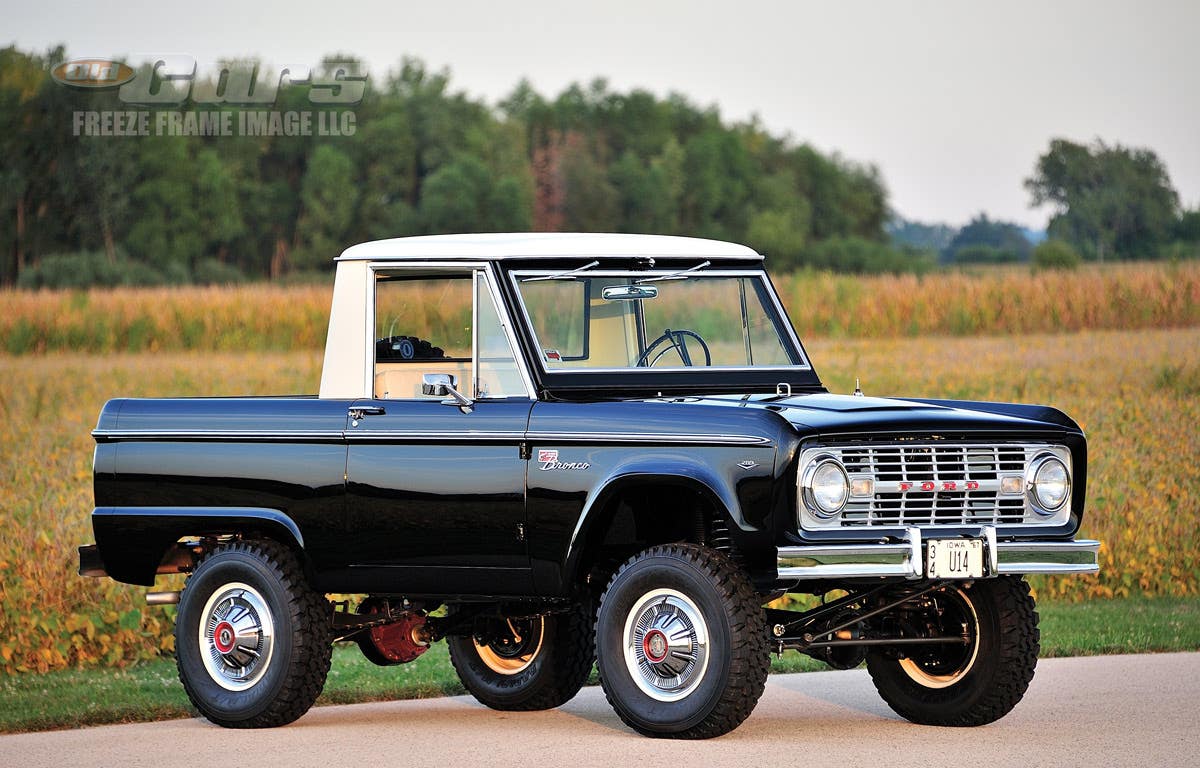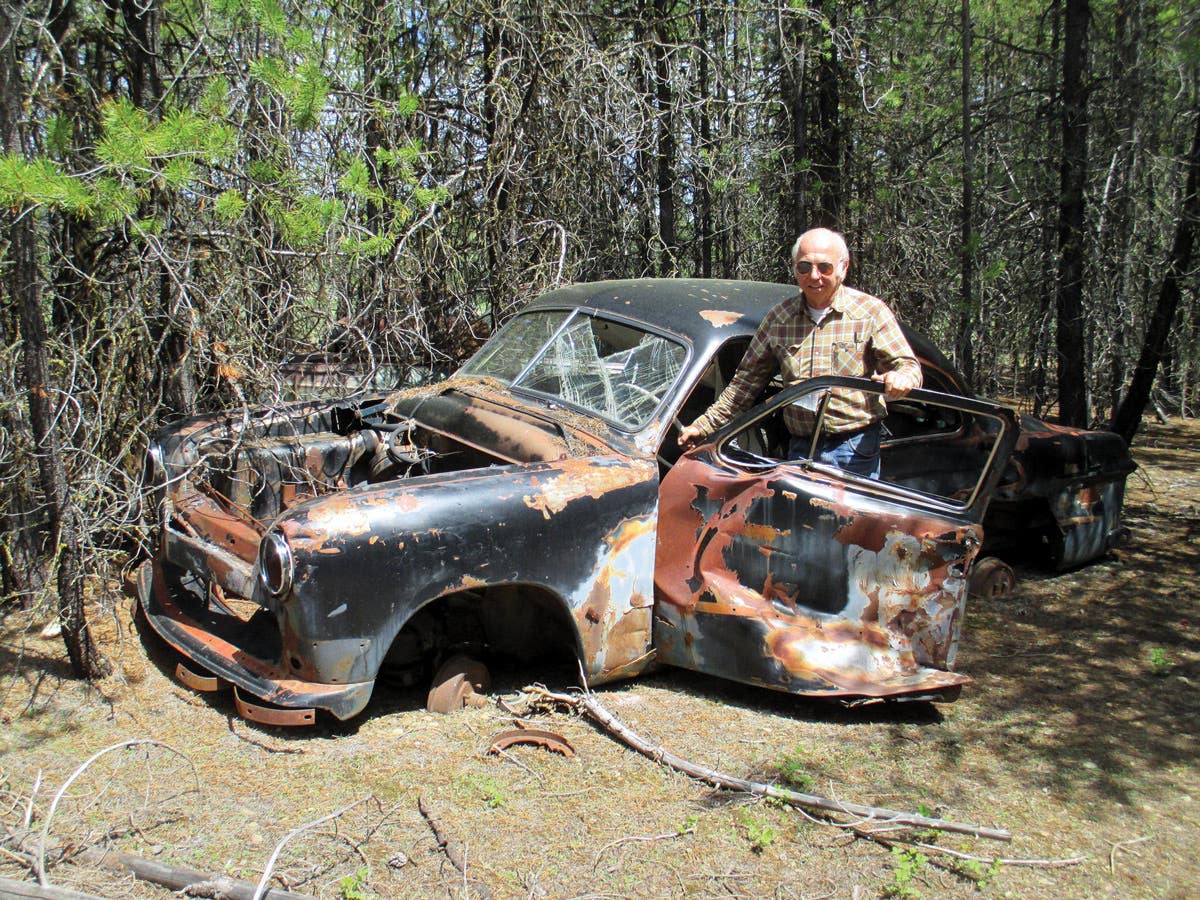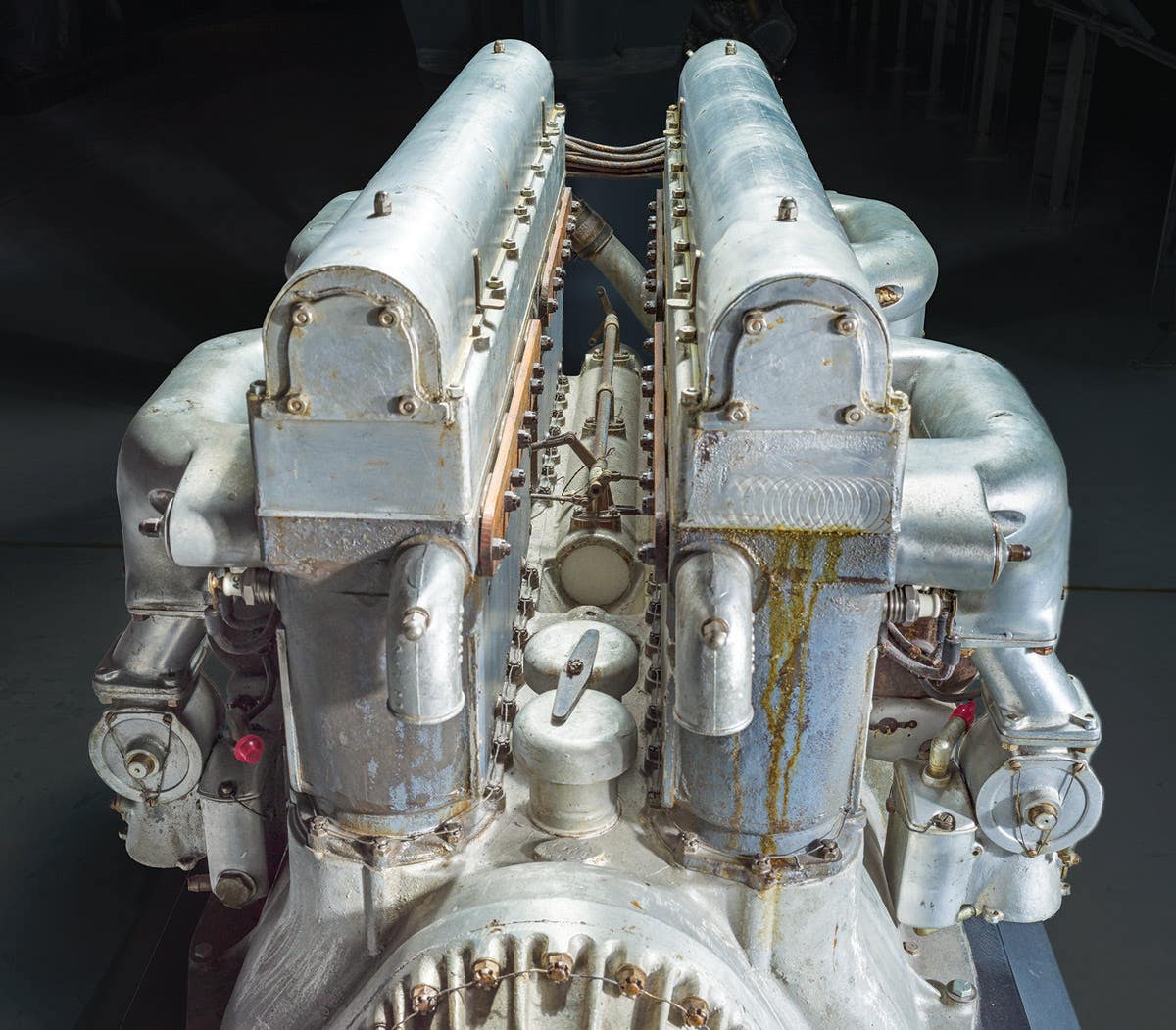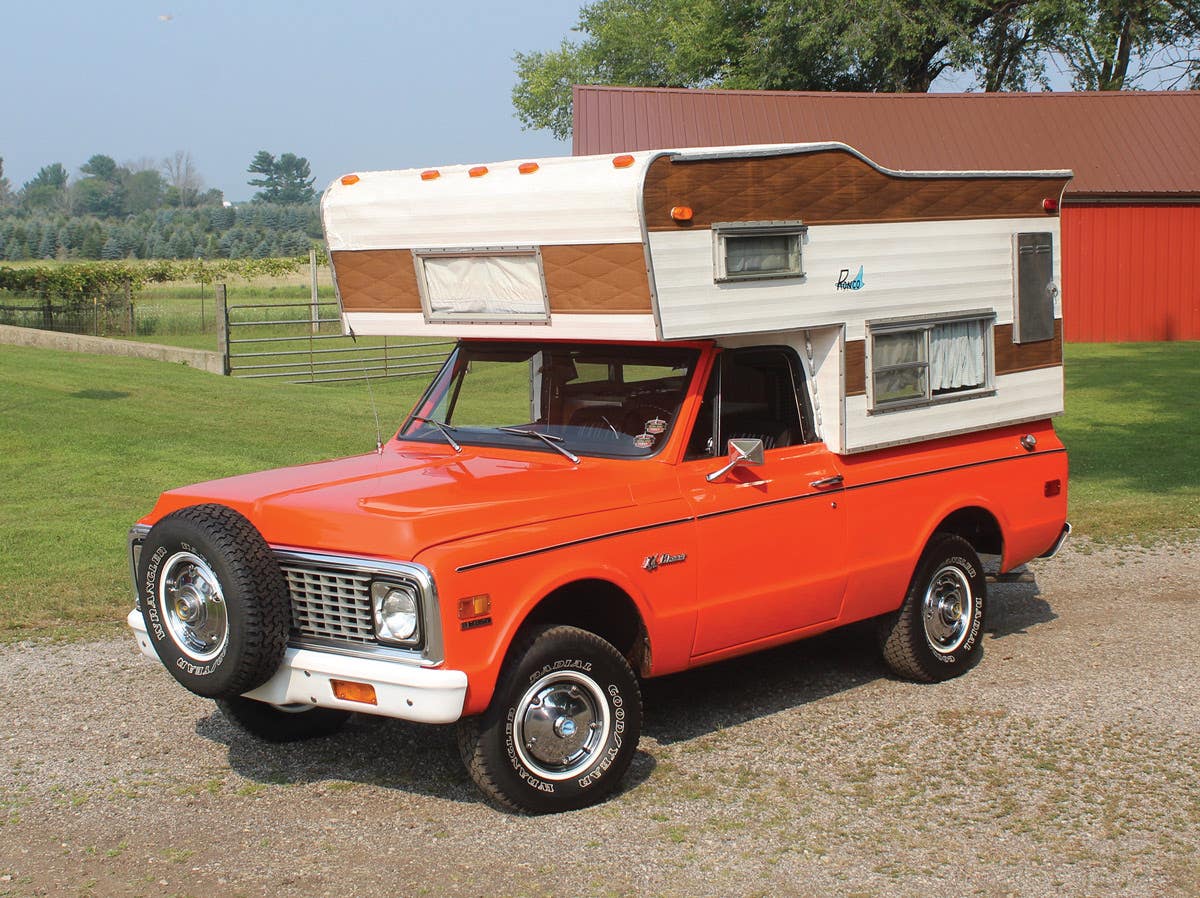Meet the Industry: Talking with Richard Boothman of Modine
Old Cars sat down with Richard Boothman of Modine to discuss garage heaters.
Richard Boothman's delightful British accent belies the fact he's been with U.S.-based Modine for 18 years and in the HVAC industry for 45 years, and counting. In his role as North American sales director for the $2 billion company, he has sales responsibility for the United States, Canada and Mexico. When he's not selling across the western hemisphere, he's tinkering in his garage where he parks his 1971 Triumph TR6, 1972 Triumph motorcycle and 1977 Shovelhead Harley-Davidson, among others.
As a certified gear head going back to age 10, when he obtained his first motorcycle (and even younger, if you include his earlier affection for Dinky Toys), Boothman is also a prime customer for Modine. The company is known among hobbyists for its famous Hot Dawg residential heaters that it began selling a quarter of a century ago, and along with recently improving this perennial favorite, it now offers its new Amp Dawg heater to the same clientele.
Since this is the season for warming one's cockles in the garage, we spoke to Boothman about Modine's new Amp Dawg and longtime favorite Hot Dawg units.
Q. OLD CARS: Modine is a worldwide company, but where is it headquartered and where are its residential heating units built?
A. Richard Boothman: We’re headquartered in Racine, Wisconsin, but our equipment is manufactured in Buena Vista, Virginia. All of our heating equipment is built in Buena Vista. But our designing, engineering and testing is all done at our headquarters in Racine. It’s a pretty big company. We cover a lot of heating applications and other products are built in other parts of the United States, Canada and Mexico. Our residential heat units are U.S.-built and we're very proud of that.
Q. OLD CARS: When did Modine get its start?
A. RB: 108 years ago, Mr. Arthur Modine, who was an engineer from Chicago and went to college in Michigan, he set up the company. He made radiators, specifically for John Deere and other tractors built in the Midwest. He figured out a better way for heat transfer. The [company’s] big breakthrough was supplying the radiators for the Model T Ford. So [anybody] who had a Model T or Ford through the 1970s would have had a Modine radiator as factory equipment in their Ford. In the late 1920s, he (Modine) realized he could make a heater to heat his building in Racine. That gave birth to what is now our heating division. So we’re 108 years old, but the patent on the heater was in 1926. We’re still an independent company that’s publicly traded, so it’s a pretty good story. And now we build heaters, we build radiators for the big earth movers. We don’t do so much automotive anymore, but we do some EV cooling systems. But that’s still a big part of the business and is what has become our HVAC.
Q. OLD CARS: What are some of the Modine products that would serve car hobbyists?
A. RB: Depending on the size of his facility, and there are some collectors that have very large car collections, but we make heating equipment for residential and commercial applications. We sell an awful lot of our unit heaters to collectors, which are residentially certified. They go up to 125K BTUs, so a four-car garage could be heated by one unit that size. So really, for the hobbyists, we have products for heating your garage. We have gas options, natural gas, electrical or propane options. We have hot water and steam options. So whatever utility you have to your home, we have a piece of heating equipment to keep you warm. We collectors have tools, cars and motorcycles that we don’t want to get rusty, and keeping the moisture out will keep your toys from rusting, as well as make your garage pleasant for you to work in. A lot of our customers are the home hobbyists. We do make commercial sizes, too. But for car hobbyists, we have several options. We don’t have direct sales to consumers; we sell to a mechanical contractor, we do not sell to the home owner.
The nice thing about the unit heater is it’s like a little box of heat. It’s a box you suspend from the ceiling, the fan is all built in, the exchanger is built in. The real key to the kind of application you have is if you‘re not going to be in the garage all the time and you want to be able to set the thermostat lower at, say 50 degrees, when you’re not in it, but when you go in and you want to crank it up to 60 or more, it needs to be able to respond quickly. So the nice thing about our unitary heaters is they have a high temperature rise, so you really feel the heat coming out of it quickly. Our new electric unit, the Amp Dawg, does that for you. In a large garage, you are going to want insulation, and decent doors make all the difference.
You’ll find garages out there with our smaller, more traditional units going back decades, but it was about 25 years ago we designed a specific unit heater for the home garage or barn, or residential application, and it was called the Hot Dawg. We’ve just given it a refresh, improved the look, made it a bit easier to install and a little bit quieter, so it’s a dedicated residential heater and we have just given it a little refresh. Our Amp Dawg, we just added over a year ago.
Q. OLD CARS: Other than size, what makes a residential heating unit such as the Amp Dawg or Hot Dawg different than a commercial unit?
A. RB: When you say ‘‘residentially certified,’’ it means a product is built to a slightly higher level than a commercial unit. The cover over the fan will have very narrow slots so you can’t put fingers into the fan. They have a higher limit on the heat exchanger so they have an extra level of protection.
Q. OLD CARS: Cay you tell us more about Modine's new Amp Dawg heating unit?
A. RB: The residential Amp Dawg is just a year old now. It performs like the gas-fired unit. In regards to heat-through, and how good of a temperature rise it will give you, when you go down and get a heater [from a hardware store] and you won’t feel much heat right away. These perform more like a gas unit. That’s very important when you go to work on your car or hang out, you want it to get warm quickly. In 15 minutes you want it to be warm and usable and our products will do that for you.
Q. OLD CARS: So many people have heard of the Hot Dawg heater, but the Amp Dawg heating unit is new to us. Have there been any challenges to spreading the word about the new Amp Dawg heating unit?
A. RB: I suppose, to be honest, it’s reaching the hobbyist. It’s awareness, it’s making the hobbyist aware of our product; because we work through the contractors and distributors, it’s getting the message out. It’s just making people aware. We have advertised in magazines, we do a lot of trade shows. It’s just a question of getting the awareness out to the marketplace. When somebody like you decides to heat his garage, you are very likely in our industry, so you need to know what you need, how much you need and how much it will cost. So we work hard with the contractors in the area to answer those questions. We have registered and approved contractors, so you get a competent contractor coming out to help you with the job. There’s always going to be the DIY guy, and electrically, it is a lot easier to install an electric unit than a gas- fired unit, but we do recommend a contractor.
The Amp Dawg has been out a year, and most people are looking to heat their spaces in September, August, when they’ve built their garage over the summer. The Amp Dawg came out last winter, so our winter sales were a little truncated. It wasn’t a super cold winter, either, although it looks like we’re getting it right now. So I guess you could say we launched it in mid-winter and now we’re expecting it to be a very strong season. Our distributors are stocking it now so it can be got right away. We didn’t have the inventory right away [last winter]. Now the unit is available, we’ve advertised it a lot, but our Hot Dawg is still our number one product.
Q. OLD CARS: What are people’s biggest misconceptions about the Hot Dawg and Amp Dawg, if any?
A. RB: I think we’re well known for it and they know our reputation, and especially in the Midwest, we have very good representation set up. I suppose with the Amp Dawg, people ask is the electric is going to be expensive, but if you put a 10KW unit in, it’s going to cost $2 an hour to run it. I think just the performance of our Amp Dawg, the way it’s constructed with good heating elements, it’s fully sheathed, so it’s not a wire strip, which is what you tend to find, if you look inside a hair dryer you’ll see strips of wire glowing — an open wire element— so there’s a lot stress on that wire and it eventually breaks. Our heating elements are sheathed and have a fully insulated element and are more ruggedly built. And ours doesn’t have a prop fan; it has a centrifugal fan the full width of the unit, and it’s a direct drive so it’s quiet yet puts out a very good air flow and really good heat delivery.
Q. OLD CARS: Where do you see the garage heating business in 10 years?
A. RB: First of all, there will always be a place for a gas-fire heating product. There will always be a straight electric heating product. We may see unitary heaters will some form of air conditioned cooling capability. So I can see, and we have already looked at and made prototypes of heat pumps and refrigerant-based electrically powered refrigerating equipment, split with a condenser unit and packaged. We have done prototype work in that regard. I can just see the homeowner liking to be warm and liking to be cool in the summer. Why not? We offer on some of our hydronic units, we have it seasonal with hot water in the winter and cool water in the summer. I think people’s comfort expectations only get more demanding. And let’s face it: if you’re putting a valuable automobile in a garage where there will be humidity and condensation, the killer for any classic vehicle is moisture. There are those days when you open your garage and you suddenly have a moisture situation and a heater unit will avoid that for you. Conversely, in the summer, you open up and you’ve had rain or humidity and the moisture gets in. I can see a hybrid unit.
Q. OLD CARS: How do you use your vintage vehicles to relieve the stress after a hard day's work?
A. RB: I was down on a motorcycle ride in the south, last October, and most motorcycles were at least 40 years old. We went hundreds of miles a day, and those old motorcycles, especially the British ones, weren't intended for riding that distance; they were for shorter trips....so that was fun.
Modine
Corporate Headquarters
1500 De Koven Ave.
Racine WI 53403-2552
https://www.modine.com/
If you like stories like these and other classic car features, check out Old Cars magazine. CLICK HERE to subscribe.
Want a taste of Old Cars magazine first? Sign up for our weekly e-newsletter and get a FREE complimentary digital issue download of our print magazine.



